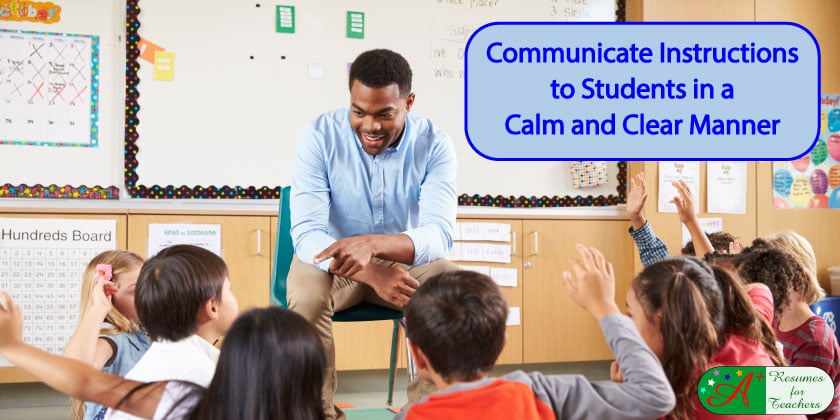Navigating the intricate waters of classroom management demands a multifaceted approach that prioritizes harmony and mutual respect amidst the myriad challenges that educators face. While the task may seem daunting, employing strategies rooted in effective communication, accommodation, and consequence management can pave the way for a nurturing learning environment where both teachers and students thrive.
Effective communication serves as the cornerstone of classroom management, providing a framework for clear expectations and boundaries. By adopting a tone of calm authority and delivering precise instructions, teachers establish a sense of order and predictability that fosters student compliance and engagement. Moreover, by reframing directives in a positive and affirming manner, educators create an atmosphere of mutual respect and cooperation that facilitates learning and growth.
In addition to communication, navigating neurodiversity with grace is essential for creating an inclusive learning environment where all students feel valued and supported. By recognizing and accommodating the diverse needs of students with conditions such as ADD/ADHD or autism spectrum disorders, teachers empower every learner to succeed. Providing visual aids, breaking down tasks into manageable steps, and offering personalized support are just a few examples of how educators can tailor their instruction to meet the unique needs of neurodiverse learners.
Furthermore, embracing the power of consequences with understanding and empathy is key to addressing disruptive behavior in the classroom. Instead of resorting to punitive measures, teachers can leverage restorative practices that promote accountability, reflection, and growth. By framing misbehavior as an opportunity for learning and self-improvement, educators foster a culture of empathy and understanding that encourages students to take responsibility for their actions and strive for positive change.
Finally, cultivating composure and calmness in the face of adversity is essential for maintaining a stable and supportive learning environment. By implementing proactive measures such as predefined consequences and established behavioral norms, teachers equip themselves with the tools they need to effectively manage challenging situations and minimize disruptions. By modeling resilience and self-control, educators empower students to navigate challenges with confidence and grace, fostering a sense of collective resilience and cooperation.
In conclusion, effective classroom management requires a thoughtful and proactive approach that prioritizes communication, accommodation, and consequence management. By embracing these principles, educators can create a learning environment where every student feels valued, supported, and empowered to reach their full potential.


